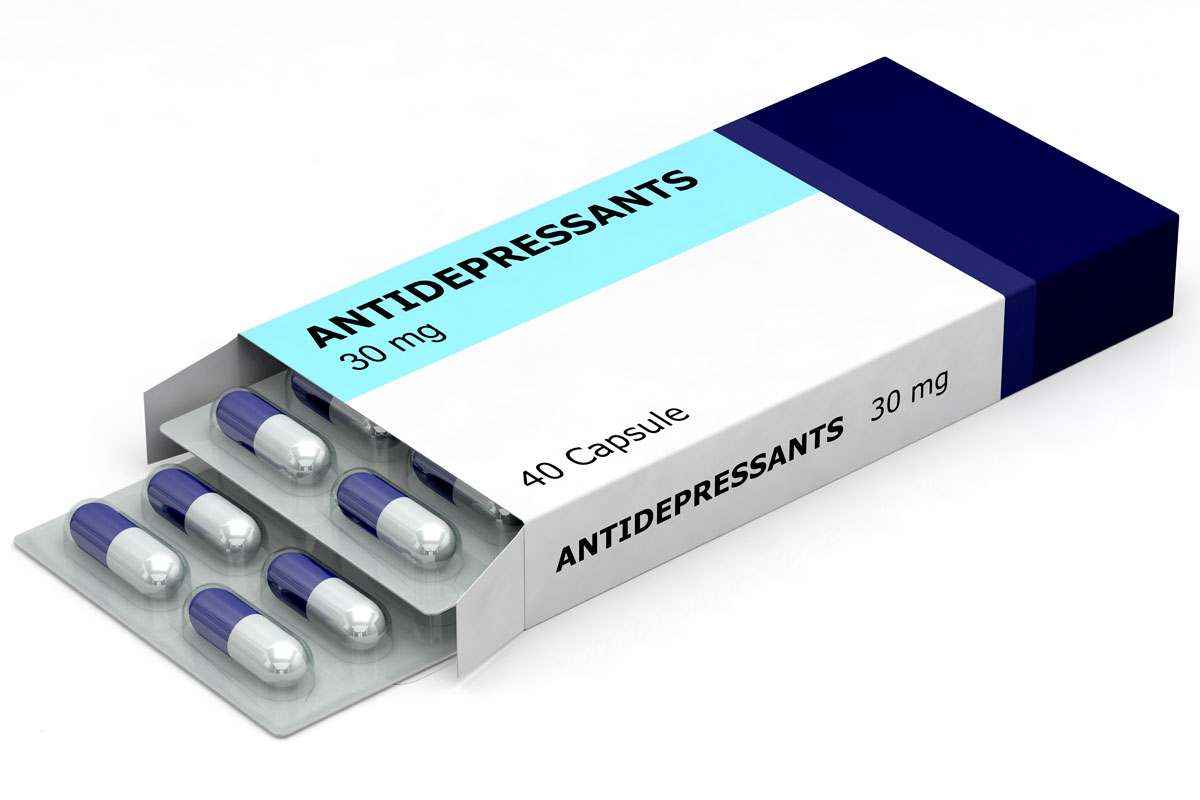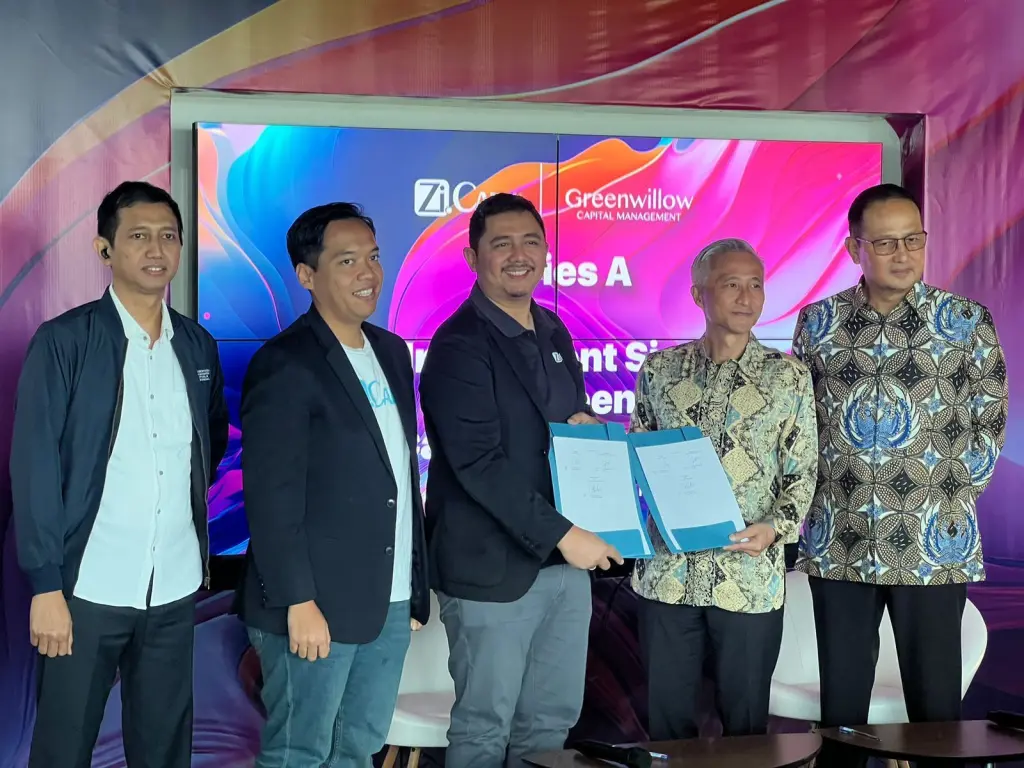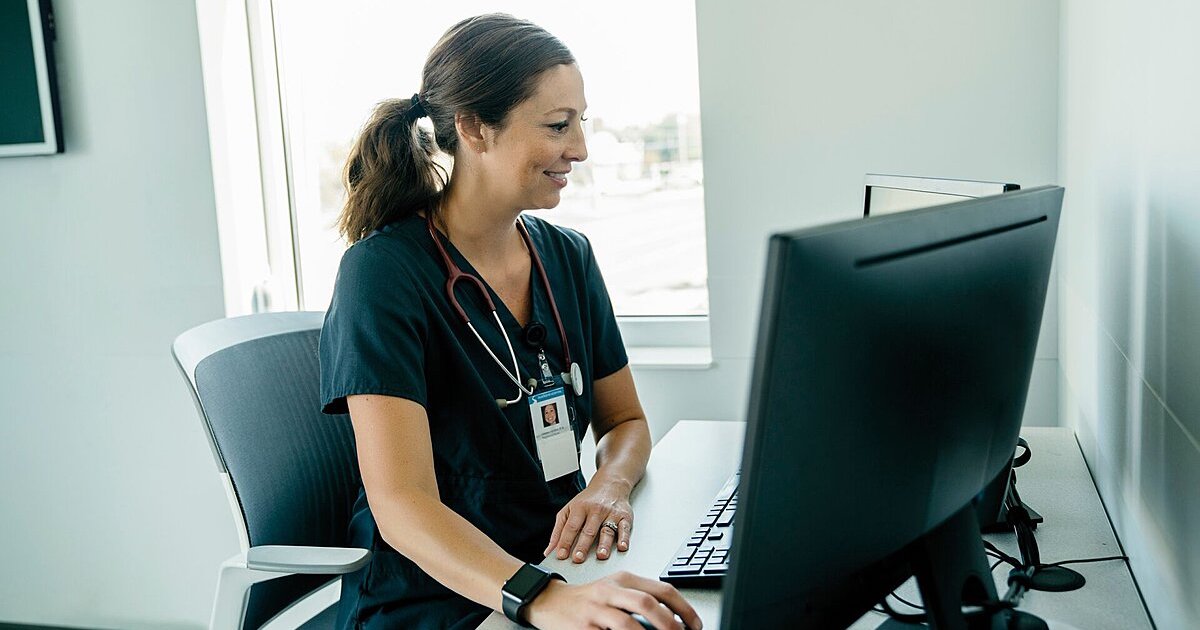A patient education plan should be among the contents of a medical record. Health Information Management (HIM) / Medical Records (MR) practitioners need to know that assessment findings of patients and their family of their knowledge and skill strengths and deficits documented in the patient’s medical records, are used to plan the education.
I think HIM/MR practitioners also need to know and understand why this documentation forms part of a medical record.
HIM/MR practitioners must understand that patient and family education is an integral part of patient care. Caregivers at a hospital must assist the patient to identify the learning needs and resources to help restore and maintain an optimal level of functioning. A knowledge deficit about the course of illness and self-care practices hinders a patient’s recovering from illness or engaging in health-promoting behaviors.
To help bridge the gap between what a patient knows and what a patient needs to know in order to achieve optimum health, a plan must be formulated to determine if the patient and family are willing and capable to learn. The patient and family ability to learn and willingness to learn are then assessed
Thus, the HIM/MR practitioners will find documentation of the assessment findings based on many patient variables that determine if the patient and family are willing and capable to learn. Therefore, to plan the education, the hospital assesses:
- the patient’s and family’s beliefs and values since different people attach different values to different types of risk. and patients of different cultures react to illness with their own ingrained broader health belief systems encompassing just about everything seen, heard or felt since their birth; this is especially so as the world becomes borderless and with the new wave of medical tourists searching for the cutting-edge medical expertise and technology, it is common in hospital settings to receive an increasing number of incoming medical tourism patients and immigrant patients from various ethnic and cultural backgrounds
- their literacy, educational level, and language as health care teaching involves the use of printed materials, involves reading, comprehension, basic mathematical abilities, and the ability to make health care decisions
- emotional barriers – anxiety, fear, anger, depression and inability to comprehend and motivations – frequent reinforcement of learning through immediate feedback and continual reassessment of effectiveness enhances the value of the learning
- physical limitations – affecting learning that involves physical application of knowledge for example when a patient learns to give himself or herself an injection, and cognitive limitations – affecting learning that involves the acquisition of facts and data often used in problem solving and decision-making
- the patient’s willingness to receive information
HIM/MR practitioners working in a hospital setting that has acquired the Joint Commission International (JCI) accreditation status or is planning to be accredited or been re-surveyed by JCI, must know that JCI mandates that medical records should contain documentation on patient teaching and learning. The JCI Standard PFE.2.1 requires that “The patient’s and family’s ability to learn and willingness to learn are assessed.” and also requires that “The assessment findings are documented in the patient’s record.”
However, HIM/MR practitioners need to realise that patient education is a standard and essential component of medical and nursing practice, teaching interventions and the patient’s response must be documented in all practice settings. Elements of a patient education plan include:
- content taught
- teaching methods used
- who was taught (e.g., patient, which family member, other caretaker)
- patient and family response to teaching activities
One approach of documentation for patient and family teaching is by using codes that helps nurses, doctors and other health care providers to document and track patient education in a Patient and Family Education Record. Nurses, doctors and other health care providers make an assessment of need, provide education and then document the encounter using codes found in the form. The codes allow the educator a quick method of documenting that education took place during a given patient visit or stay. The form informs everyone using the form that a given patient received education on specific topics and encourage subsequent health professionals to do the appropriate follow-up.
Click here (this link opens in a new tab of your current window browser) for an example of a Patient and Family Education Record.
Such documentation promotes (Sue and Patricia, 201) continuity of care and facilitates accurate communication to other health care providers.
References :
Joint Commission International 2010, Joint Commission International Accreditation Standards For Hospitals, 4th edn, JCI, USA
Sue, CD & Patricia, KL 2011, Fundamentals of Nursing: Standards & Practice, 4th edn, Delmar, Cengage Learning, NY, USA
University of Connecticut Health Center USA, PATIENT AND FAMILY TEACHING RECORD – Family Education of the Hospitalized Infant, viewed 12 September 2012 <http://nursing.uchc.edu/unit_manuals/ccmc_nicu/FORMS/FORM%20-%20Family%20Education%20of%20the%20Hospitalized%20Infant%20(9-1-11).pdf>





























